Do you wake up feeling sneezy or stuffed up year-round? You may be reacting to millions of microscopic housemates who live on your bedding, mattresses, carpets, and curtains. They’re called dust mites, and they live in even the cleanest homes. Why? Don’t be grossed out, but they dine on the dead skin that sloughs off your body. (You lose about a pound of skin flakes per year, if you’ve wondered.)1
You may assume a dust mite allergy means you’re sensitive to dust mites.2 In reality, it’s the mites’ feces that attach to household dust and cause a reaction that may include sneezing, a runny nose, coughing, and more.3 Read on to discover why some people react to dust mite debris and learn how to manage a dust mite allergy. But first, let’s find out a little more about dust mites.
What is a Dust Mite?
Dust mites are tiny, white, insect-like creatures that measure one quarter to one third of a millimeter.4 You can only see them under a microscope. They have eight legs, which makes them an arthropod like a spider, but they lack eyes and a respiratory system. Unlike many bugs, they aren’t parasites, and they don’t sting, bite, or invade people’s bodies.5
All About Dust Mites
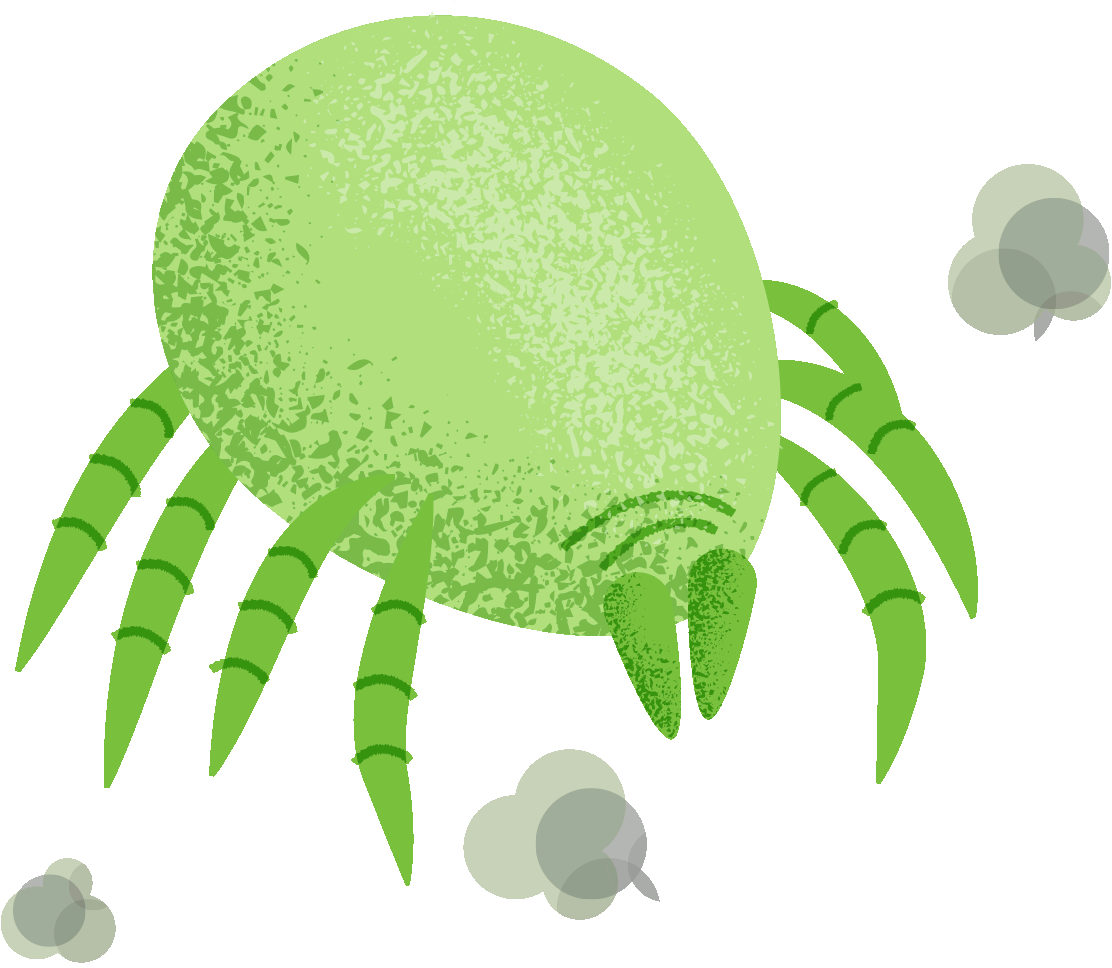
They have eight legs and lack eyes or a respiratory system.

They range in size from 1/4 to 1/3 of a millimeter. They are invisible to the naked eye.

They can live nearly anywhere and on every continent except Antarctica.

They eat discarded human skin cells that settle into bedding, mattresses,
curtains, and upholstered furniture.
They don’t sting, bite, or invade people’s bodies.
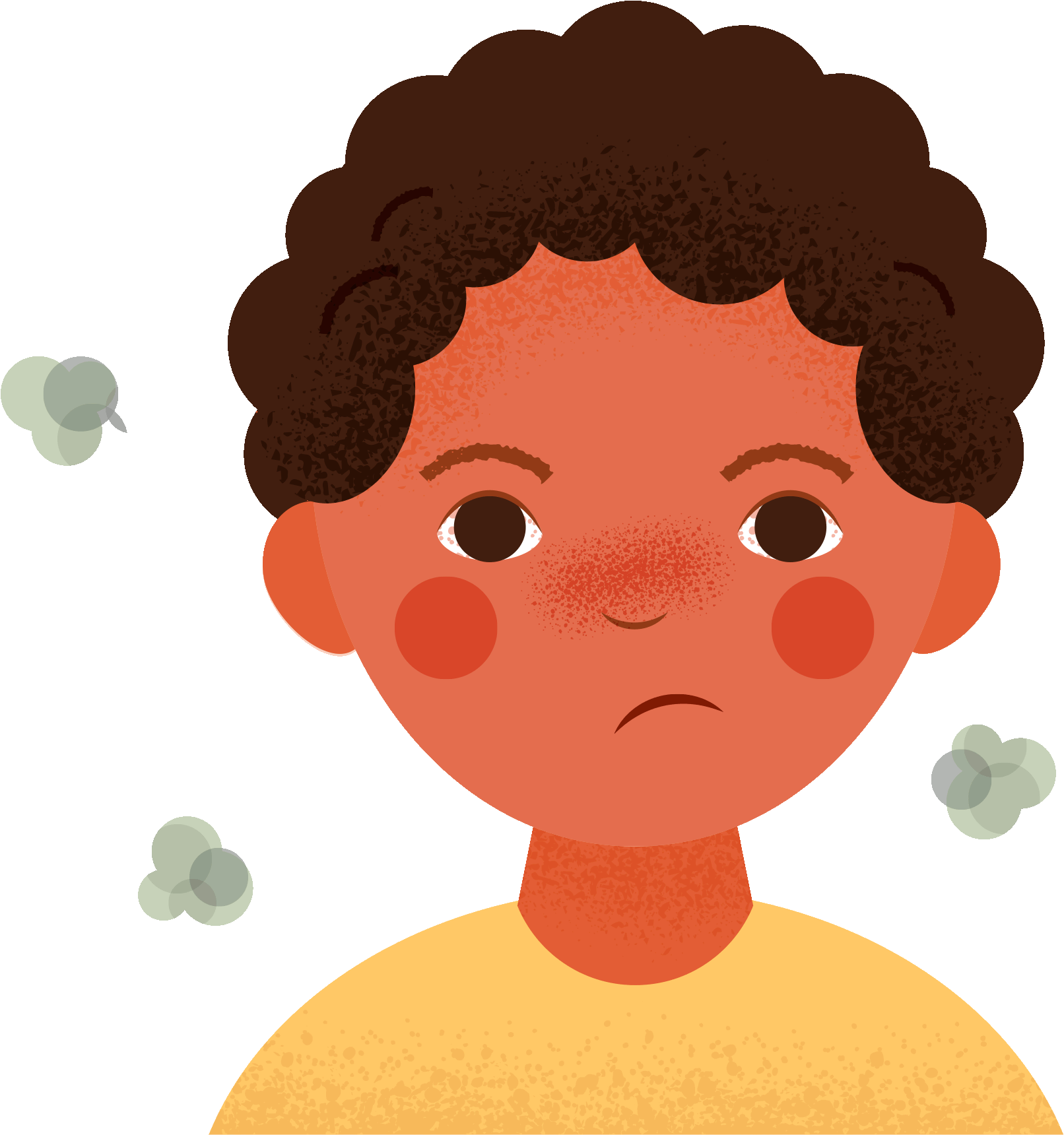
Sensitive individuals may develop an allergy to the feces of dust mites (usually during childhood or puberty).
Here are some common symptoms:
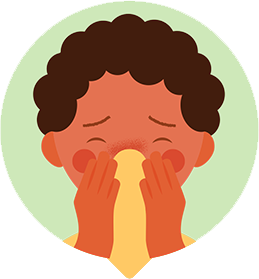
sneezing

Runny nose
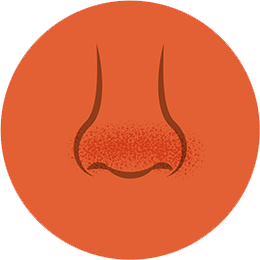
Stuffy nose
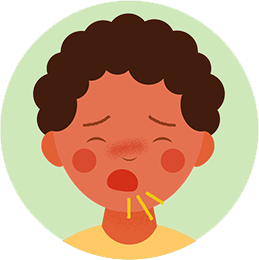
Coughing
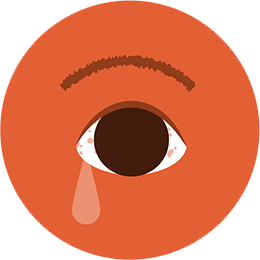
Itchy, red, or
watery eyes
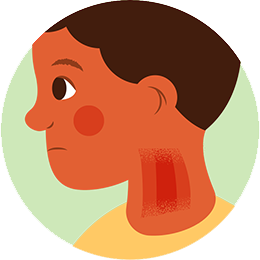
Itchy nose,
mouth or throat
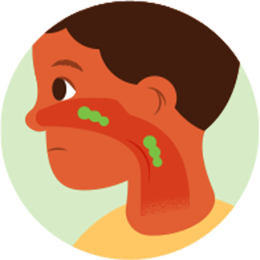
Postnasal drip

Itchy skin
Their life cycle takes them through several changes, beginning as an egg and ending as an adult. This process can range from two to five weeks, depending to which of the 13 species a mite belongs. Adults live anywhere from two to four months, during which time females can lay up to 100 eggs.
If you suspect you have dust mites in your home, you’re not alone. Dust mites can live nearly anywhere and on every continent except Antarctica. They’ve adapted to thrive inside houses and prefer temperatures ranging from 68 to 77 degrees Fahrenheit and humidity levels between 70 and 80 percent. Instead of drinking water, they hydrate by taking moisture from the air. Thus, places with less humidity such as deserts usually have fewer dust mites.
As mentioned, dust mites primarily eat flakes of human skin. Given an adult person typically sheds 1.5 grams each day — or enough to feed one million mites — mites have no shortage of sustenance. These flakes settle deep into bedding, mattresses, upholstered furniture, carpets, and curtains.6 They can even infest stuffed toys. Research suggests dust mites usually live in bedrooms. In a 2003 study, 82 percent of homes in the United States registered a detectable level of the allergen on at least one bed.7
Dust Mite Allergy Symptoms and Causes
Symptoms of a dust mite allergy can include sneezing, a runny and/or stuffy nose, and post nasal mucus drip. Red or watery eyes, coughing, and an itchy nose, mouth, or throat may be additional signs of a reaction. Allergies to dust mites are often worst at night and in the morning due to time spent near mattresses, bedding, and pillows where mites often live. Symptoms tend to be milder than those related to hay fever. But unlike a pollen allergy, which is seasonal distress, dust mite allergies occur all year and often peak in the winter when people spend more time inside. (Visit our Understanding Allergy Symptoms to learn more about common allergy symptoms.)
Whether it’s an allergy to pollen, a particular food, pets, insect venom, or dust mites (specifically their feces), allergic symptoms occur when the body overreacts to a typically harmless foreign substance. The allergen causes the body to create antibodies to fight against it, and the antibodies attach to cells. When the cells reencounter the allergen, they react by releasing chemicals including histamine. These chemicals, in turn, cause an allergic reaction.8
Why do some people get dust mite allergies but others do not? Allergies may have a genetic component as they often run in families. Exposure to air pollution, cigarette smoke, and other environmental toxins may also increase their likelihood. Usually, dust mite allergies begin in childhood or during adolescence. While you can treat the symptoms, the allergy never goes away.
How to Get Rid of Dust Mites in Your Home
As a good first step toward reducing the frequency and severity of allergic reactions, you can eliminate dust mites as much as possible by cleaning your home regularly9. This strategy may help but remember it’s impossible to rid a house of dust mites. Here are some ways to reduce their presence in the home.
Allergy proof your bedding
Keep mattresses, comforters, and pillows inside zippered, dust-proof covers. Don’t forget the box springs. It should have an allergen-proof cover too.
Clean your bedding each week
Wash everything — sheets, pillowcases, and blankets — in hot water at least 140 degrees Fahrenheit. This practice accomplishes the twin goals of killing dust mites and removing the allergens. If you can’t wash an item in hot water, put it in a hot dryer (above 140 degrees) for 15 minutes or more to destroy the mites. Then wash the item and dry it as directed. If you can’t wash an item, freeze it for 24 hours to kill the dust mites (however, the allergens will remain).
Beware of other dust mite habitats
Dust mites can dwell in everything from upholstered furniture and curtains to stuffed toys and carpeting (especially carpet on concrete, which traps moisture and can be a welcoming humid environment for dust mites to thrive). Wash curtains and toys regularly in hot water. And consider replacing upholstered furniture with furniture made of wood, vinyl, or leather and switching carpets with wood, tile, linoleum, or vinyl floors. Wash throw rugs regularly.
Dust weekly
Use a damp cloth or cleaning spray so dust doesn’t float into the air and resettle. Reduce clutter such as decorations, magazines, newspapers, and more, which can collect dust.
Vacuum weekly
Use a vacuum with a high-efficiency particulate air (HEPA) filter or a double-layered microfilter bag to trap allergens. Vacuum carpets and upholstered furniture. If your allergies are bad, wear a mask during the chore.
Replace heating and air conditioning filters regularly
Employ filters for the furnace and air conditioning unit with a Minimum Efficiency Reporting Value (MERV) of 11 or 12, and replace them quarterly.
Dehumidify the air
Keep humidity in your house below 50 percent by using a dehumidifier or air conditioner.
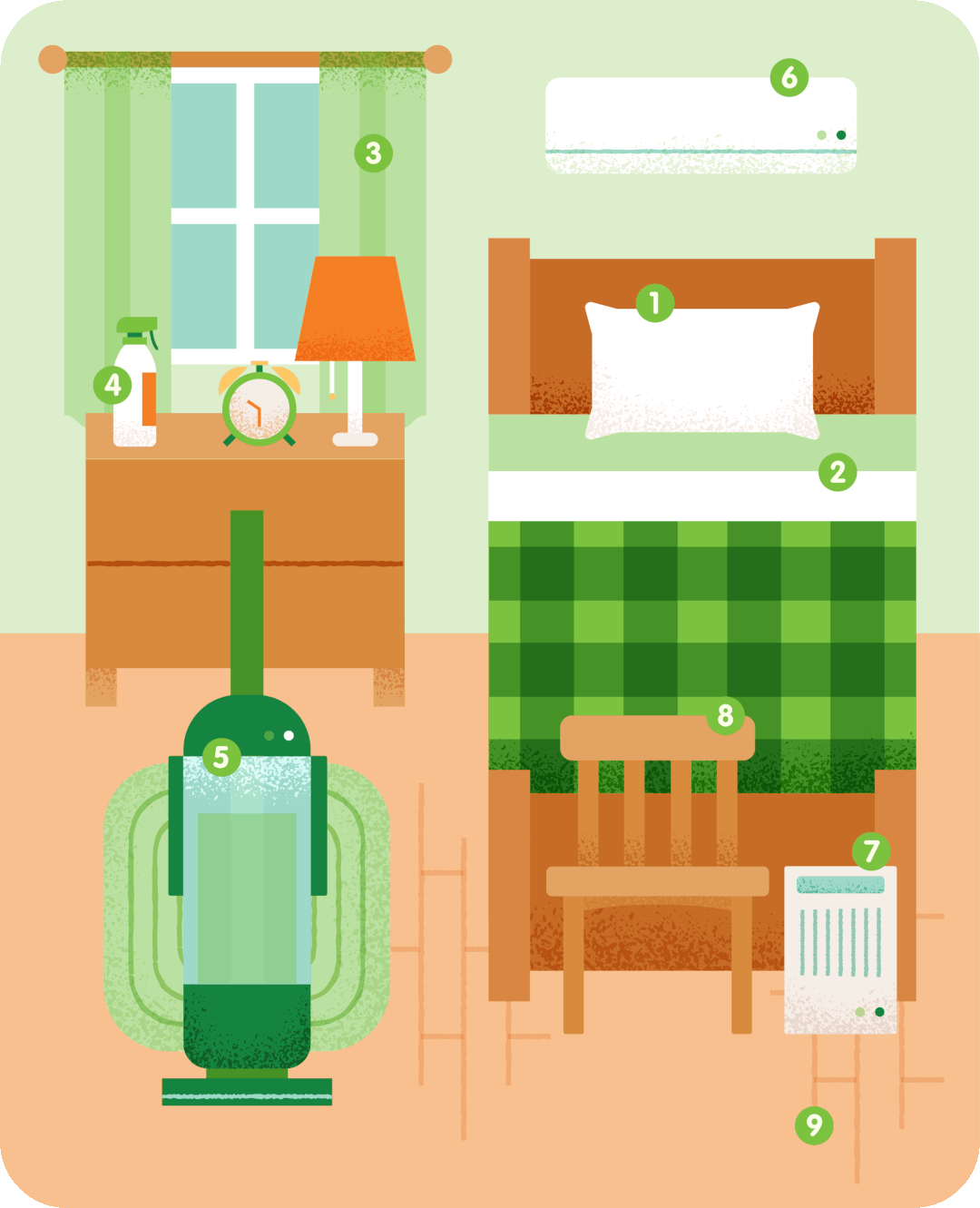
Steps to Get Rid of Dust Mites in Your Bedroom
Cover your mattress, box springs, comforter, and pillows in zippered, dust-proof covers.
Wash sheets, pillowcases, blankets, and throw rugs in hot water above 140 degrees Fahrenheit weekly.
Wash curtains and toys regularly in hot water.
Use a damp cloth or cleaning spray to dust weekly.
Vacuum weekly. Use a vacuum cleaner with a HEPA filter or double-layered microfilter bag.
Replace heating and air conditioning filters quarterly with filters with a Minimum Efficiency Reporting Value (MERV) of 11 or 12.
Dehumidify the air to keep it below 50% humidity.
Consider replacing upholstered furniture with wood, vinyl, or leather furniture.
Consider replacing carpeting with wood, tile, linoleum, or vinyl floors.
Dust Mite Allergy Treatments and Medications
Dust mites are tiny, white, insect-like creatures that measure one quarter to one third of a millimeter.4 You can only see them under a microscope. They have eight legs, which makes them an arthropod like a spider, but they lack eyes and a respiratory system. Unlike many bugs, they aren’t parasites, and they don’t sting, bite, or invade people’s bodies.5
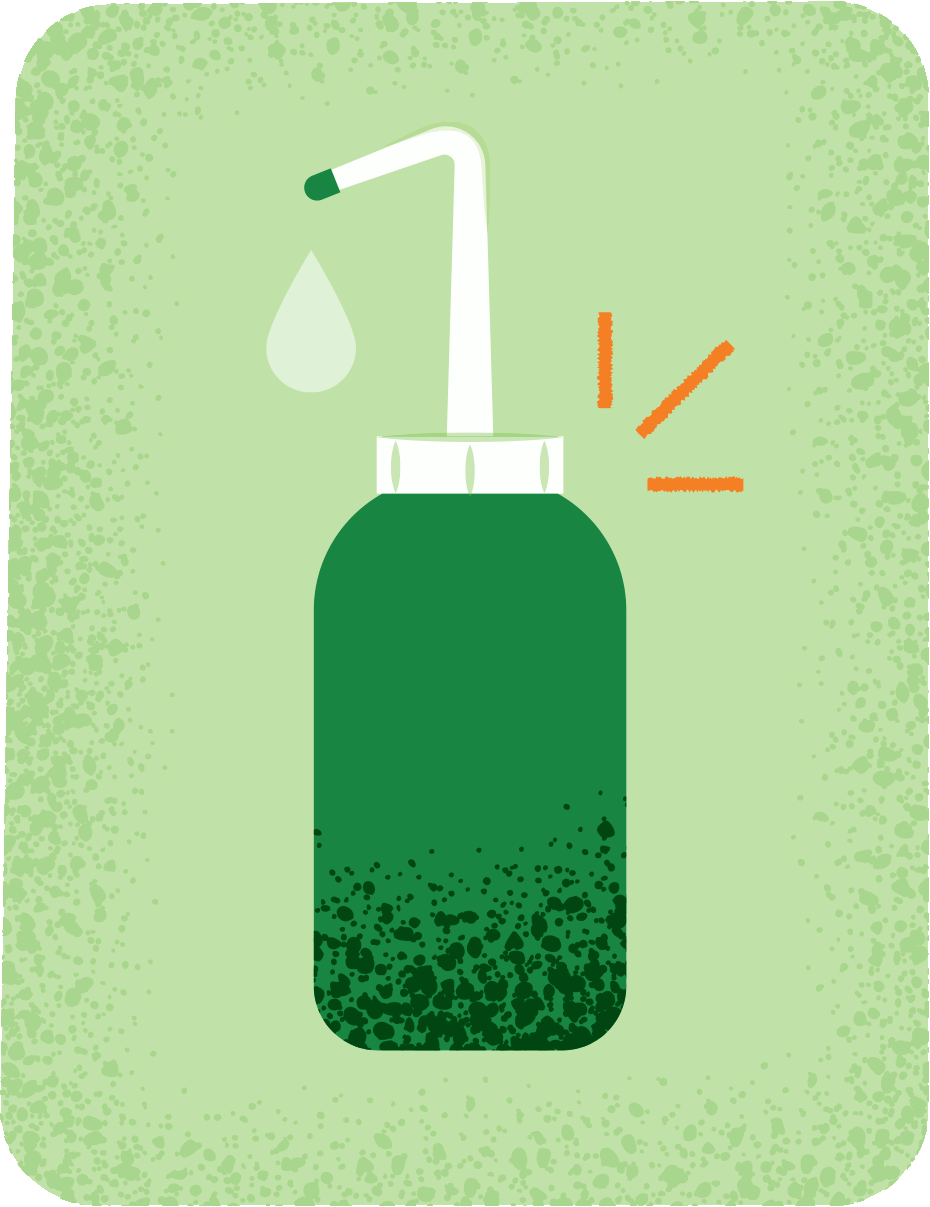
Nasal irrigation
Use a neti pot or squeeze bottle with sterile saline (saltwater) rinse to help flush irritants and mucus from the sinuses.
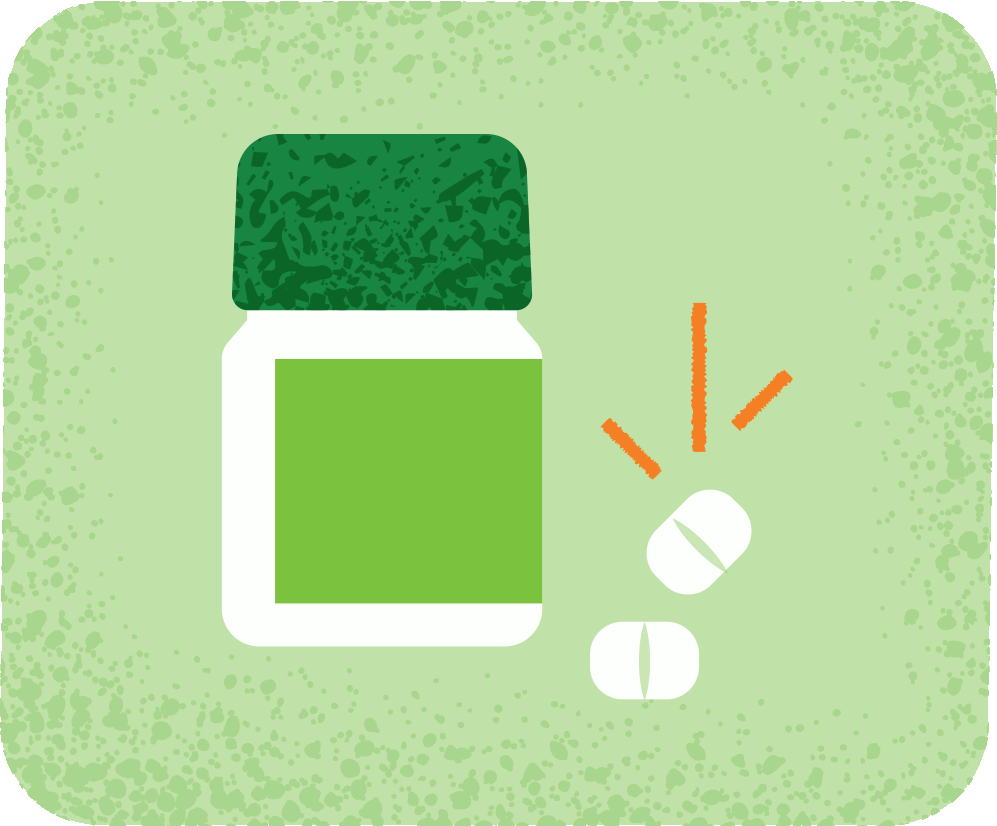
Antihistamines
Antihistamines help stop itching, sneezing, and a runny nose by decreasing the body’s production of histamine, a compound the body releases during an allergic or inflammatory reaction.
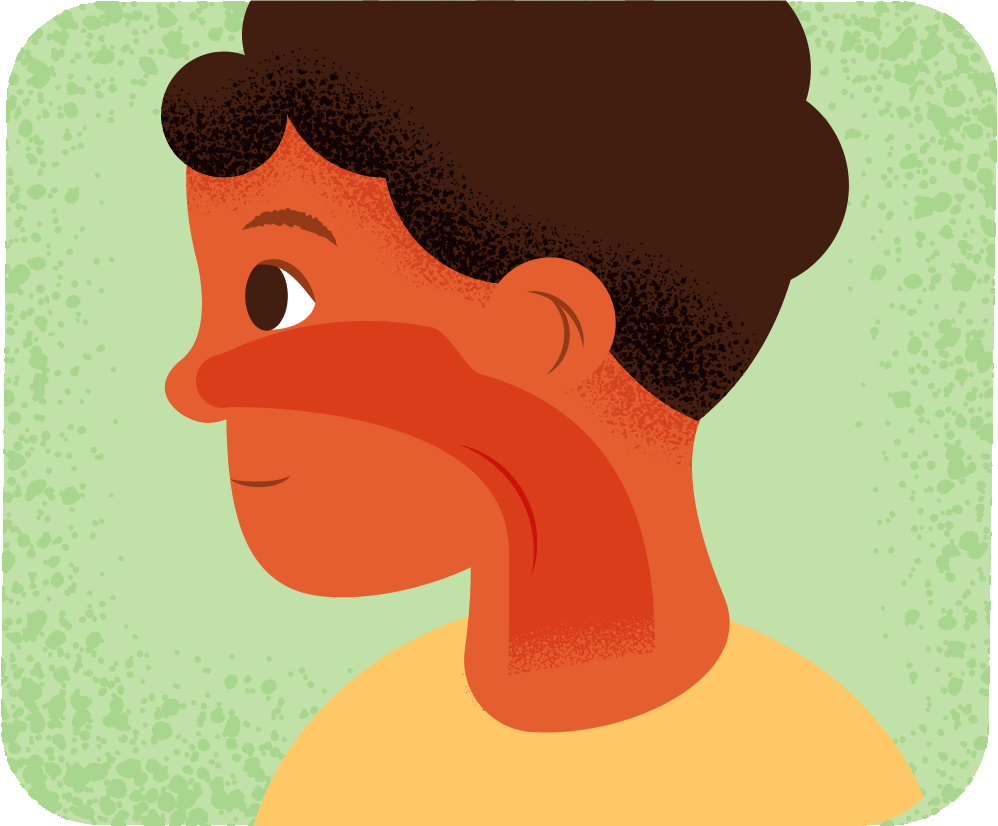
Decongestants
Decongestants work by shrinking swollen tissue in the nasal passages, making it easier to breathe through the nose. Learn more on our All About Decongestants page.

Corticosteroids
A corticosteroid nasal spray can decrease inflammation and help relieve symptoms.11

Prescription medication
If over-the-counter medications and nasal irrigation don’t provide enough relief, a doctor may be able to help. A prescription leukotriene modifier can halt specific immune system chemicals causing distress.
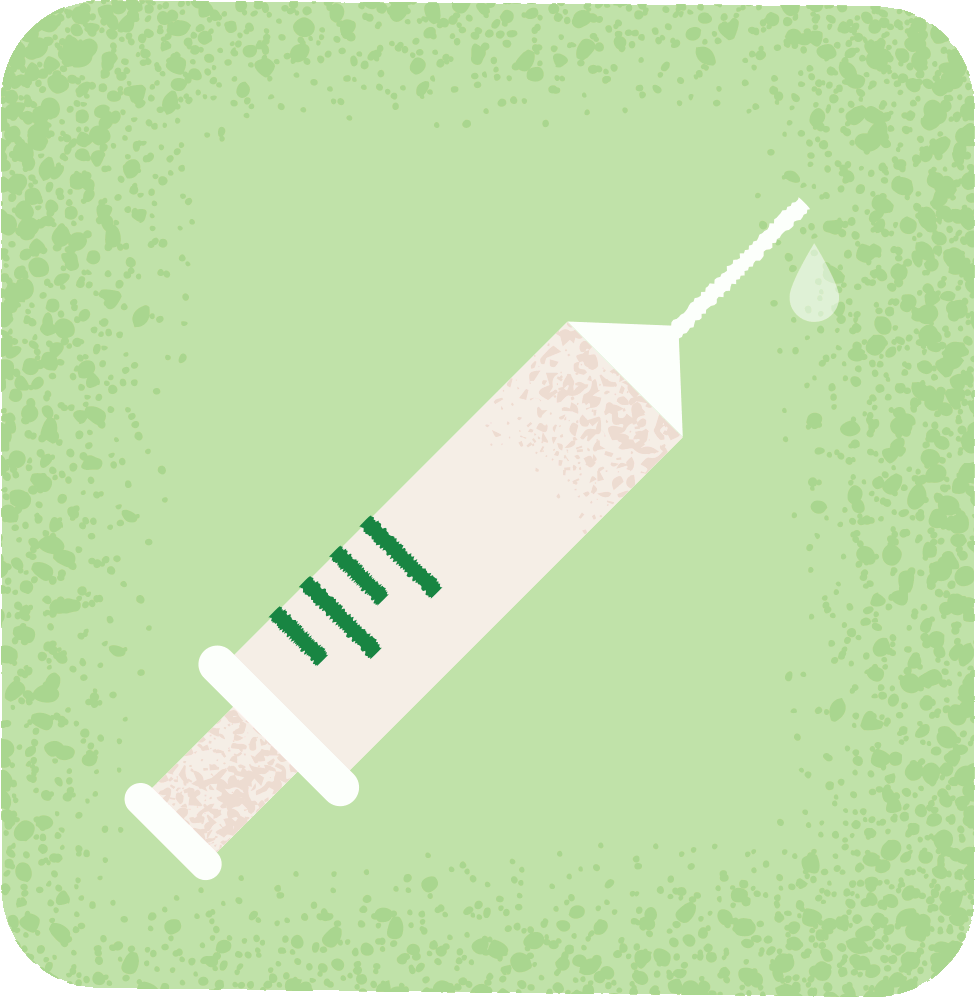
Immunotherapy
If you’re looking for another possible avenue for relief and willing to make a big commitment, immunotherapy may be an option. During this treatment, a doctor administers a series of one to two weekly allergy shots to expose the sufferer to a small amount of the dust mite protein allergen. The doctor slowly increases the amount for three to six months then follows that treatment with monthly maintenance shots for three to five years. Ideally, the immune system becomes less sensitive to the allergen and stops reacting to it.
Conclusion
While living with a dust mite allergy can be difficult, the good news is you can take steps to reduce your exposure and rely on treatments to ease your allergy symptoms.

Kristen Stewart is a writer specializing in health and lifestyle topics. She lives in New Jersey with her husband, three kids and two very needy cats.
References
1. https://www.oreilly.com/library/view/your-body-the/9780596805456/ch01.html
2. https://asthmaandallergies.org/asthma-allergies/dust-mite-allergy/#:~:te....
3. https://my.clevelandclinic.org/health/diseases/17712-dust-mite-allergies
4. https://www.aafa.org/dust-mite-allergy/
5. https://www.lung.org/clean-air/at-home/indoor-air-pollutants/dust-mites
6. https://www.lung.org/clean-air/at-home/indoor-air-pollutants/dust-mites
7. https://www.ncbi.nlm.nih.gov/pmc/articles/PMC2376121/
8. https://www.mayoclinic.org/diseases-conditions/allergies/symptoms-causes....
9. https://www.ncbi.nlm.nih.gov/books/NBK447098/
10. https://www.ncbi.nlm.nih.gov/pmc/articles/PMC6513421/
11. https://www.mayoclinic.org/diseases-conditions/dust-mites/diagn.....
Links to other parties’ articles and websites are provided for convenience only. Kenvue is not responsible for their content.

